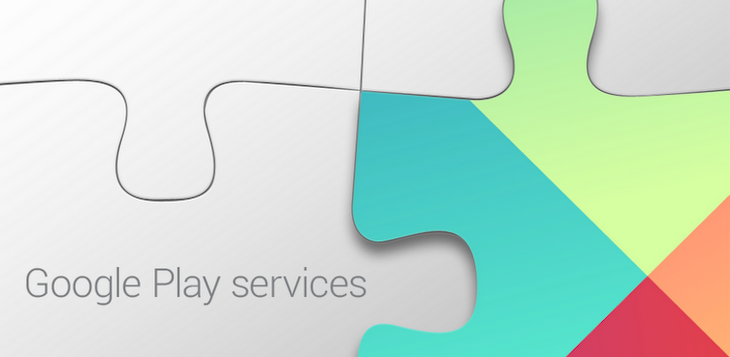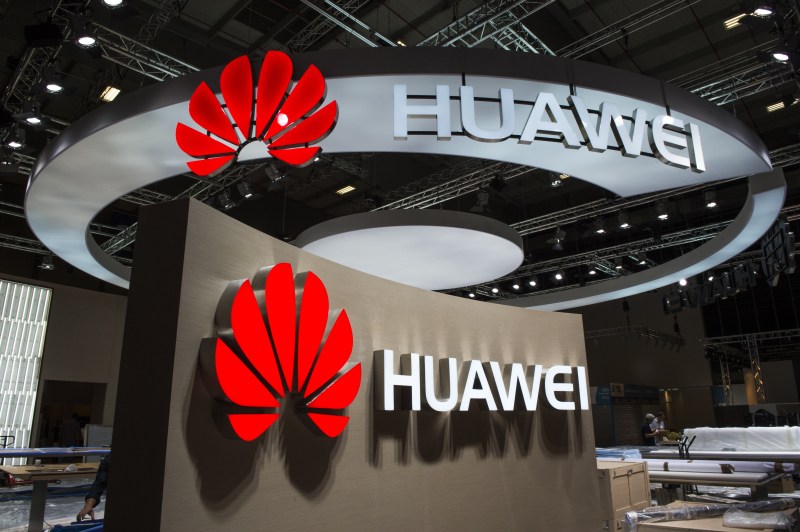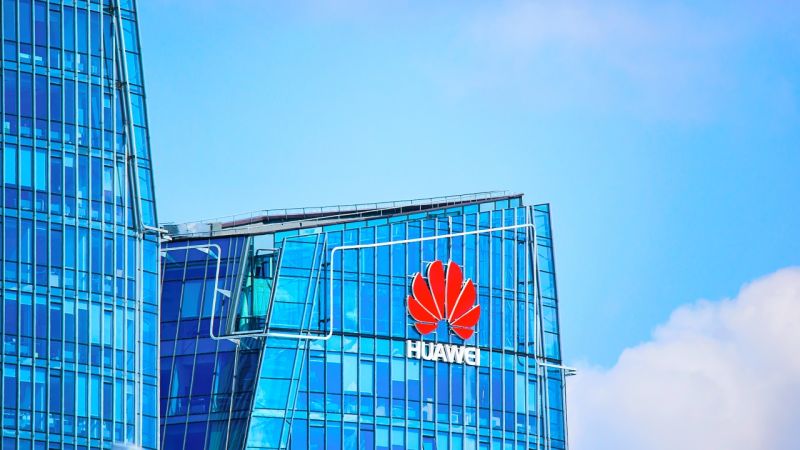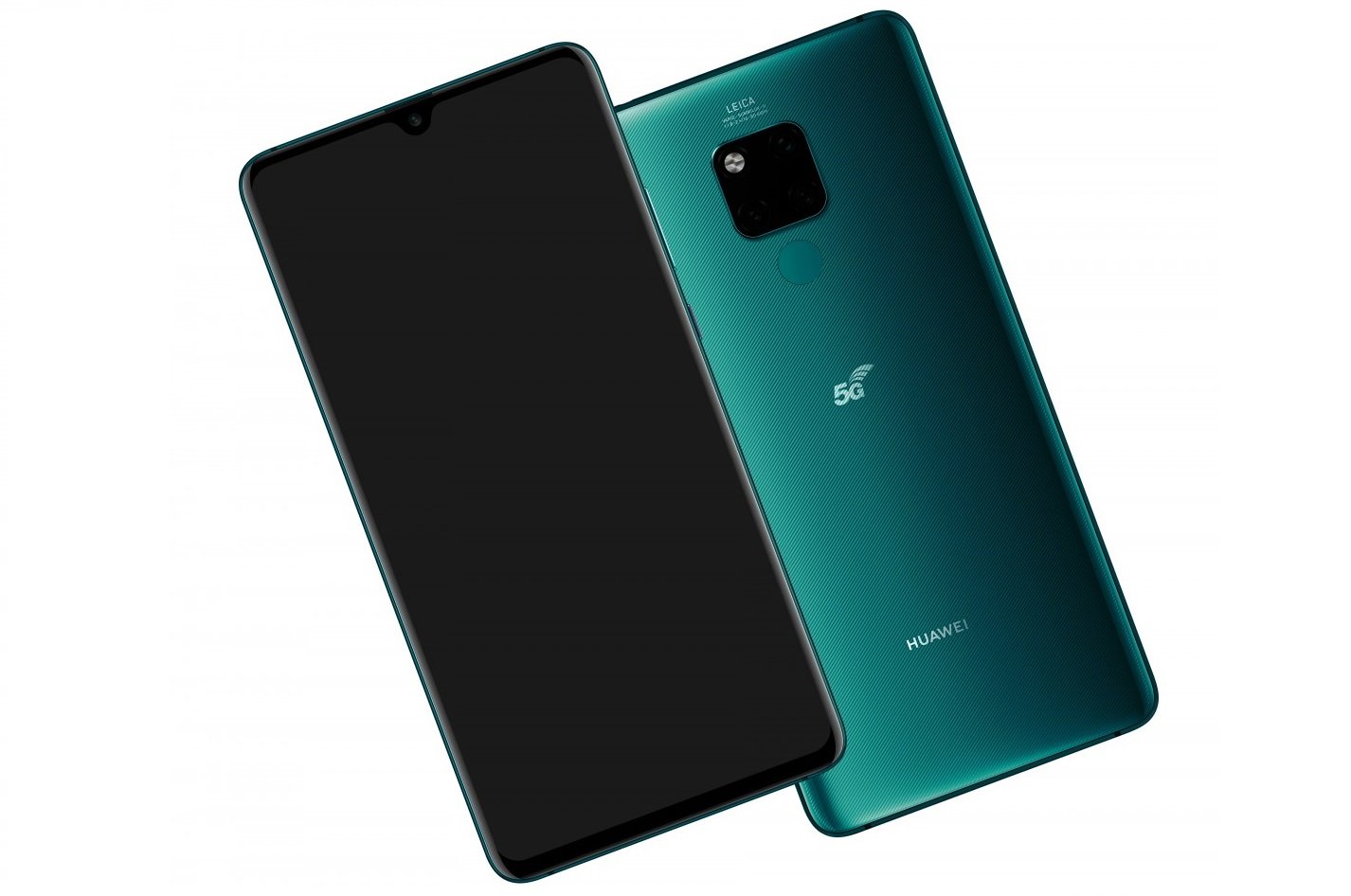The hits just keep on coming for Huawei, with troubling developments on the processor and 5G front overnight. We’ve also got a look at what the company might do to bolster its own app store offering.
After being placed on the US Department of Commerce’s Entity List – a list of foreign companies that US companies may not do business with without prior government approval – we’ve seen companies like Google, Intel and more distance themselves from relationships with the Chinese tech giant, and that’s continued overnight.
ARM cuts ties
An unexpected impact given that it’s not US-based, a leaked memo revealed overnight suggests that ARM intends to sever ties with Huawei.
While Huawei manufactures their own Kirin processors for their devices, they do so with chip designs licenced by ARM (and they need to remain ARM-compatible if those chips have a hope of running an Android-like OS).
ARM is complying with the latest restrictions set forth by the US government and is having ongoing conversations with the appropriate US government agencies to ensure we remain compliant.
ARM-licensed designs won’t evaporate off Huawei’s corporate network though, so it seems likely that the company would continue to use currently-licenced technology (although that might be dependant on the terms of the licence). This might mean Huawei’s okay for the next generation of Kirin processor, but after that things look dire.
Hit up Wired for a good examination of Huawei’s processor-related woes should this come to pass.
UK carriers cancel Huawei 5G phone launch
ARM isn’t the only UK organisation putting the boot in overnight, with carriers EE and Vodafone cancelling plans to launch the Mate 20 X 5G.
Android Police reports the following statement from EE:
We’ve put the Huawei devices on pause, until we have more information. Until we have the information and confidence that ensures our customers will get support for the lifetime of their devices with us then we’ve got the Huawei devices on pause.
This also speaks to the amount of unknowns flying around in dealing with this situation. It’s not too surprising for carriers to get cold feet on a device that they could have significant problems supporting.
The knock-on effects for Huawei place the future of the company’s consumer products with overseas carriers in jeopardy. Will they be able to secure parts for repairs, or will they even be around over the course of a 2- or even 3-year contract?
It’s a significant blow for Huawei though, and all those phones will need to go somewhere.

App store discussions turn to Aptoide
In losing access to Google services, Huawei loses access to Google Play, the world’s largest repository of Android apps. Where to, then?
Huawei can – and already does – run its own Android app store called App Gallery. It’s mainly focused on the Chinese market where – surprise – there’s no Google services.
But while App Gallery is a serviceable app store, it’s pretty stagnant from a consumer point if view (Cut the Rope 2 is a 2014 app that should not be filed under “New Games We Love”, sorry Huawei).
So if Huawei’s going to run its own app store and make a thing of it, it needs to give it a kick in the pants. That means investment, or partnering up with someone else.
XDA Developers reports overnight that Huawei is in talks with Aptoide, an alternative app store that claims some 200 million users and around 900,000 apps. Those are some interesting numbers, and done fairly big ones too.
Huawei’s problems on the app store front likely go beyond just running an app store – they’re already doing that, as seemingly every non-tech press has noted the existence of the company’s App Gallery this week and thinks it’s suddenly appeared as a result of the US ruling (it isn’t new and it’s not even focused on the western market).
App Gallery apps support in app purchases, but this requires the apps are updated to use Huawei’s payment services rather than Google’s (probably one reason Cut the Rope 2 is considered new).

What of Play Services?
If Huawei’s going to woo app developers, they’re going to need to make it easy to port an app into their ecosystem or developers simply won’t bother. They’re likely going to need to emulate Google’s Play Services APIs – and that goes well beyond an app store and in-app purchases, also touching things like location services and even the building blocks of modern Android UIs.
It’s a big task, and partnering up with Aptoide is unlikely to get them all the way there, but it might at least solve the problem of keeping App Gallery fresh.

We’re known to be fond of Huawei at Ausdroid – this article was written on a P20 Pro. We hope everything will clear up soon and we can stop predicting doom and gloom, but as things stand it’s not looking good.
Huawei has a massive uphill battle ahead of it. It feels like the damage being done to the company’s brand and reputation this week and we don’t expect it to go unanswered at an international trade relations level.






How long before China finally acts and calls in their debts.